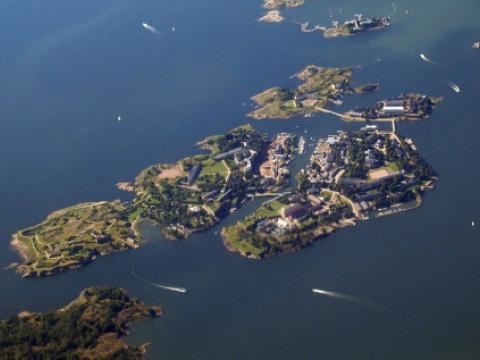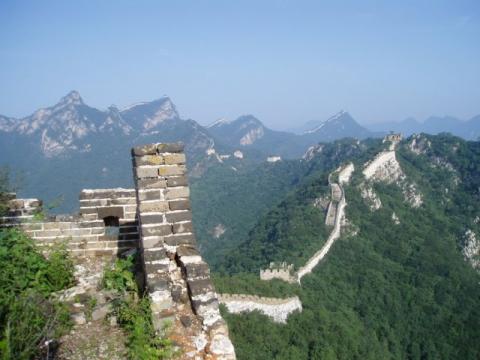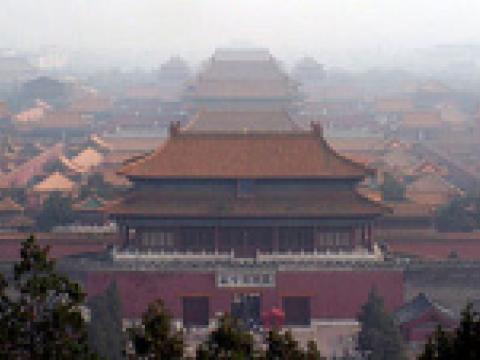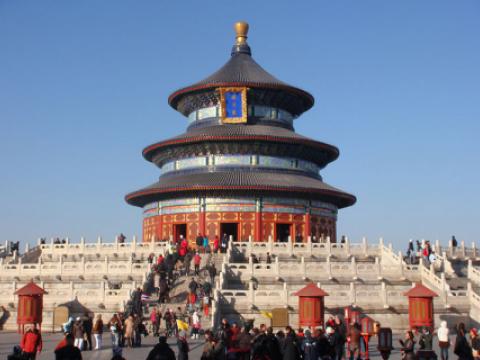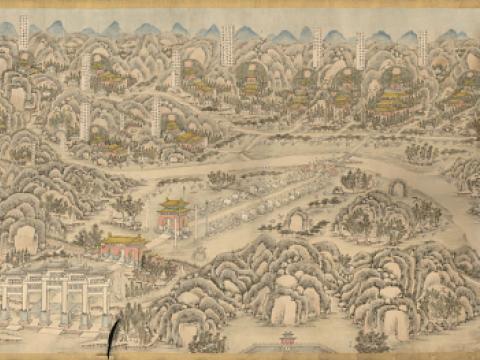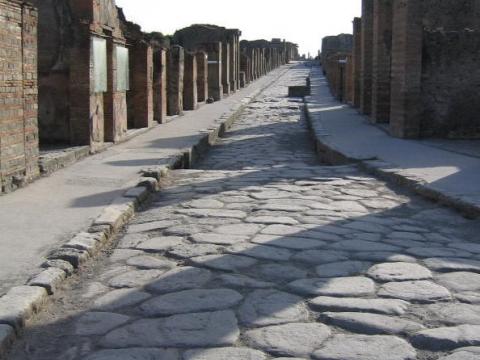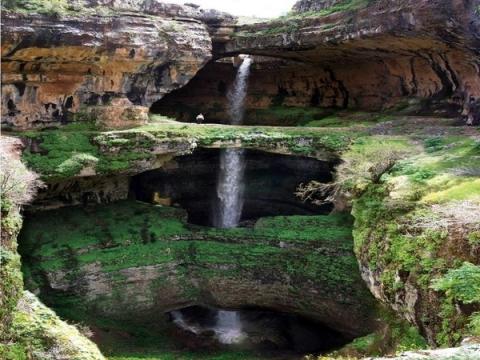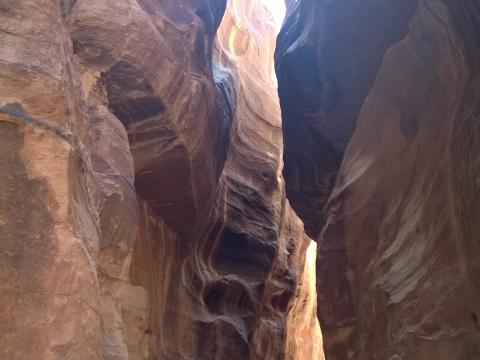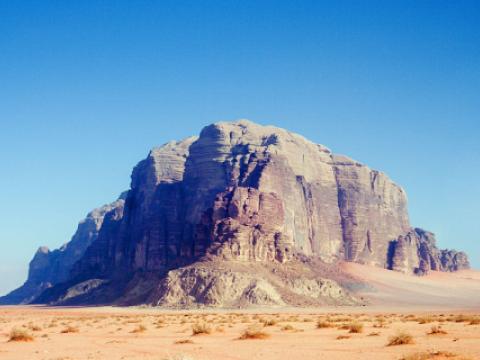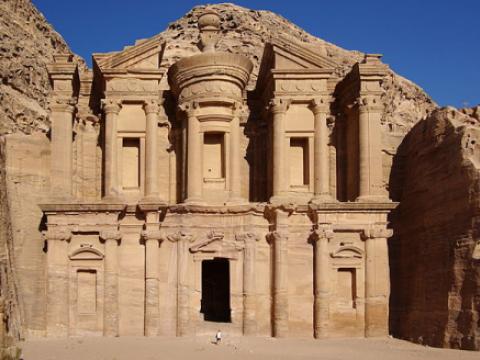Location
The Great Pyramids consist of the Great Pyramid of Giza (known as the Great Pyramid and the Pyramid of Cheops or Khufu), the somewhat smaller Pyramid of Khafre (or Chephren), and the relatively modest-sized Pyramid of Menkaure (or Mykerinos). The Great Sphinx lies on the east side of the complex.
The biggest and most famous of these ancient monuments is the Great Pyramid of Giza. Today it is the only one of the ancient Wonders still in existence. The Pyramids of Giza and others are thought to have been constructed to house the remains of the deceased Pharaohs who ruled over Ancient Egypt. It's theorized the pyramid not only served as a tomb for the Pharaoh but also as storage for the various items he would need in the afterlife.
Construction
It is not known how the pyramids were made but there have been varying theories regarding the construction techniques. Most construction theories are based on the idea that the pyramids were built by moving huge stones from a quarry and dragging and lifting them into place. The disagreements center on the method by which the stones were conveyed and placed and how possible the method was.
For the Great Pyramid of Giza, most of the stone for the interior seems to have been quarried immediately to the south of the construction site. The smooth exterior of the pyramid was made of a fine grade of white limestone that was quarried across the Nile.
It has been posited that two gangs of 100,000 men, were needed to build the Great Pyramid of Giza.
Great Pyramid of Giza
The Great Pyramid of Giza (or the Pyramid of Cheops) is the oldest and largest of the three pyramids it is the oldest of the Seven Wonders of the Ancient World. Egyptologists believe that the pyramid was built as a tomb for fourth dynasty Egyptian Pharaoh Cheops and constructed over a 14 to 20-year period concluding around 2560 BC. Initially at 146.5 metres (480.6 ft), the Great Pyramid was the tallest man-made structure in the world for over 3,800 years.
There are three known chambers inside the Great Pyramid. The lowest chamber is cut into the bedrock upon which the pyramid was built and was unfinished. The so-called[2] Queen's Chamber and King's Chamber are higher up within the pyramid structure.
The mass of the pyramid is estimated at 5.9 million tonnes. The volume, including an internal hillock, is roughly 2,500,000 cubic metres. Many of the casing stones and inner chamber blocks of the Great Pyramid were fit together with extremely high precision, the mean opening of the joints being only 0.5 millimetres wide (1/50th of an inch).
The largest granite stones in the pyramid, found in the private://King'sprivate:// chamber, weigh 25 to 80 tonnes and were transported from Aswan, more than 500 miles away.
It is possible to tour the inside of Great Pyramid. There are two tours every day: 8:00 and 13:00. Both of the tours sell 150 tickets so it is better to be early not to miss it.
Start from Cairo. From Cairo center, a taxi is probably the easiest way to get to the Pyramids. Also mini and micro buses make frequent trips to the Pyramids. An air-conditioned bus also departs regularly from the Midan Tahrir.
Hiring a private guide to drive and narrate your four-hour pyramid trip costs about $4 for adults and $2 for children. Solitary travelers can expect to pay a $2 supplemental fee.
Admission to all the plateau’s pyramids should cost about $3.50. Costs to inside of the pyramids: (Tours at 8.00 or at 13:00) about 13€ for adult 7,5€ for students. Tickets to the 13:00 tour are available after lunch.
For an additional $8, visitors can attend a language-appropriate version of an evening sound and light show with narrator of ancient Egyptian history.







